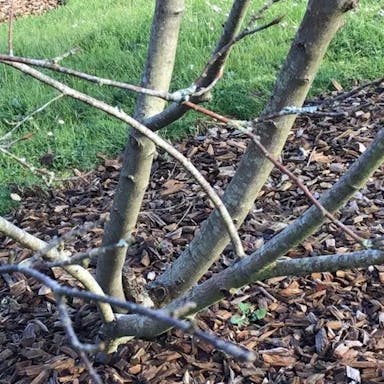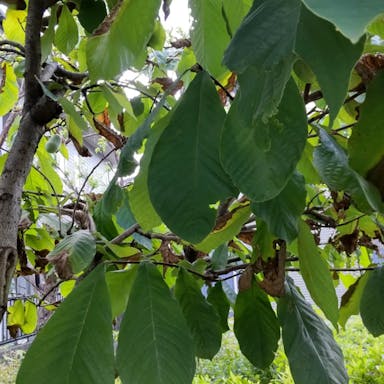Wafer-ash, scientifically known as Ptelea trifoliata, is a deciduous shrub or small tree that belongs to the Rutaceae family. It is endemic to North America. The plant has trifoliate leaves. The fruit resembles a wafer. The plant can grow in various types of soil. It prefers sunshine but can manage with some shade. Once established, it can endure dry spells. It is frequently used in landscaping for its good-looking leaves and extraordinary fruit. Regarding symbolism, Wafer-ash is linked with safety and keeping evil spirits away. It also has medicinal uses and was utilized in olden Native American medicine for many purposes. All in all, Wafer-ash is a flexible and aesthetically pleasing plant. Its distinctive features and cultural meaning make it a useful addition to any plant collection.
0
0












